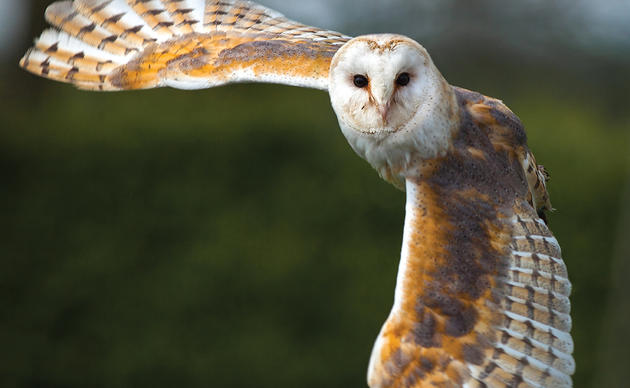While counting migrant birds last week, I noticed a familiar face foraging on the shoals of Rich Inlet (at the Lea-Hutaff Island IBA); it was a Dunlin, one of the most numerous wintering shorebirds in southeastern North Carolina. Although I only spotted two of these sandpipers, soon we will see large flocks numbering in the thousands swirling over inlets, outnumbering other birds present. These tight anti-predator flocks create a sound of their own created by the hum of wing vibrations that follow the synchronized zigzag turns of the flock.
This medium-sized sandpiper is easily distinguished from others by its long, drooped black bill and rapid “sewing-machine” feeding behavior. Dunlin probe, jab, and peck with their bill open, using taste buds to find prey.
In the Americas, Dunlin spend their summers breeding in the Arctic tundra, and winter along our coasts. Rare sightings have even occurred in South America, reaching as far south as Peru and Argentina. Their vibrant rufous breeding plumage and black bellies have molted by the time they arrive at their wintering grounds. These outgoing birds will soon inhabit our inlets in their drab-gray winter plumage. Last winter as I counted these flocks with my scope, I noticed one Dunlin lowering its head and “waving” to another Dunlin. In reality, the bird was raising one of its wings to stretch and alert the flock that a predator was near – a Peregrine Falcon soaring a thousand feet above. Within a matter of seconds, many Dunlin begin to “wave” to each other, and then the entire flock took off into a shadow-casting, coordinated flight away from the site. The Peregrine Falcon lost interest in this potential meal, and continued her hunt elsewhere.
-- Katie Bullard



